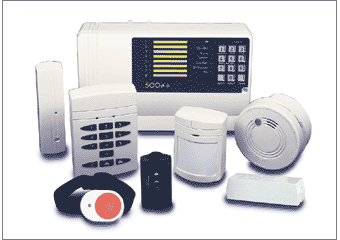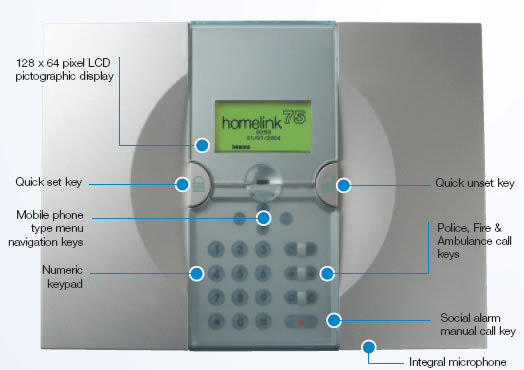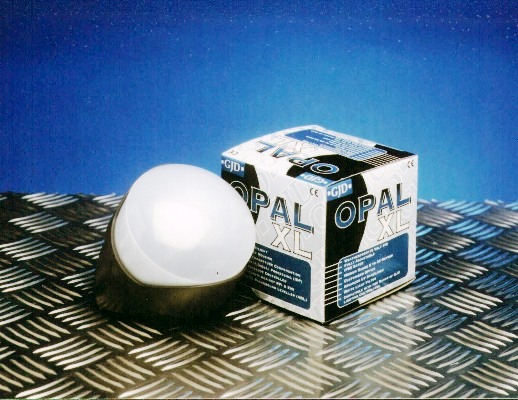Wireless Alarm systems
Because Radio/wireless equipment manufacturers design their equpment to operate mainly with their own equipment, the products in this section of the catalogue are grouped by manufacturer and compatibility.
Wireless equipment is considerably more expensive than hard-wired systems, but has the advantage of ease of installation. It should be noted that wireless detectors require the use of batteries, which will need replacing at regular intervals (approx 12 monthly - but depends on use). Most systems have a 'low power' warning either directly at the detector or at the Control Panel or both. Also note that professional systems do not use wireless signalling devices (external sounders etc.); the signalling devices have to be hard wired to the Control Panel. NB with the Homelink system this is only possible with the use of our conversion kit.
Where wireless magnetic contacts are used, these allow hard wired magnetic contacts to be added into the same circuit such that any of the magnetic contacts will cause the wireless magnetic contact to signal the Control Panel with an alarm.
A real advantage of wireless systems is in the use of inertia (shock) sensors. Inertia sensors are an excellent way to protect the perimeter of a property; but unfortunately with hard wired systems the actual wiring to window-mounted sensors is unsightly and time consuming, however the use of wireless systems simply allow them to be attatched to the window/door.
Inertia sensors allow the alarm to be set while the house is occupied, deter intruders before they actually enter the house, and allow free movement of pets and people within the premises while the alarm is set.
Wireless Control Panels have the same basic features as hard-wired Control Panels.
- Mains Power with backup rechargeable battery
- NVM (Non-Volatile Memory - retains user settings when all power is removed, can be reset to factory settings if required)
- Multiple detection zones - usually programmable as
- Entry/exit
- Intermediate
- Immediate
- Fire
- Personal Attack
- Auxiliary Power Supply
- Tamper circuits and tamper protected cases
- SAB (Self Actuating Bell) connections (Not Homelink)
Click on Pictures for more info and/or to buy.
 |
 | Scantronic 500r+ |
 | Scantronic Homelink 75 |
 | GJD Wireless External PIR & Receiver |
|





















